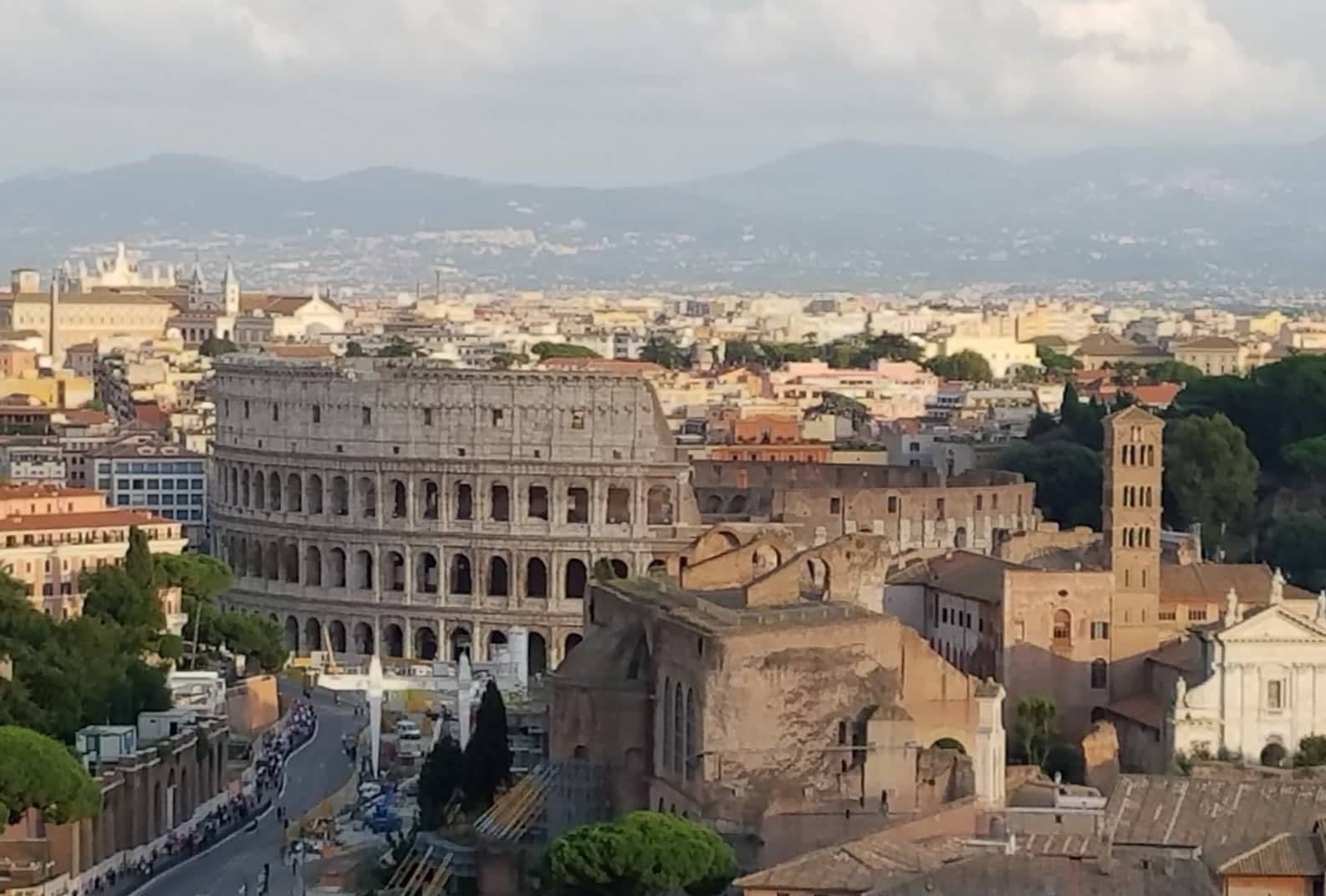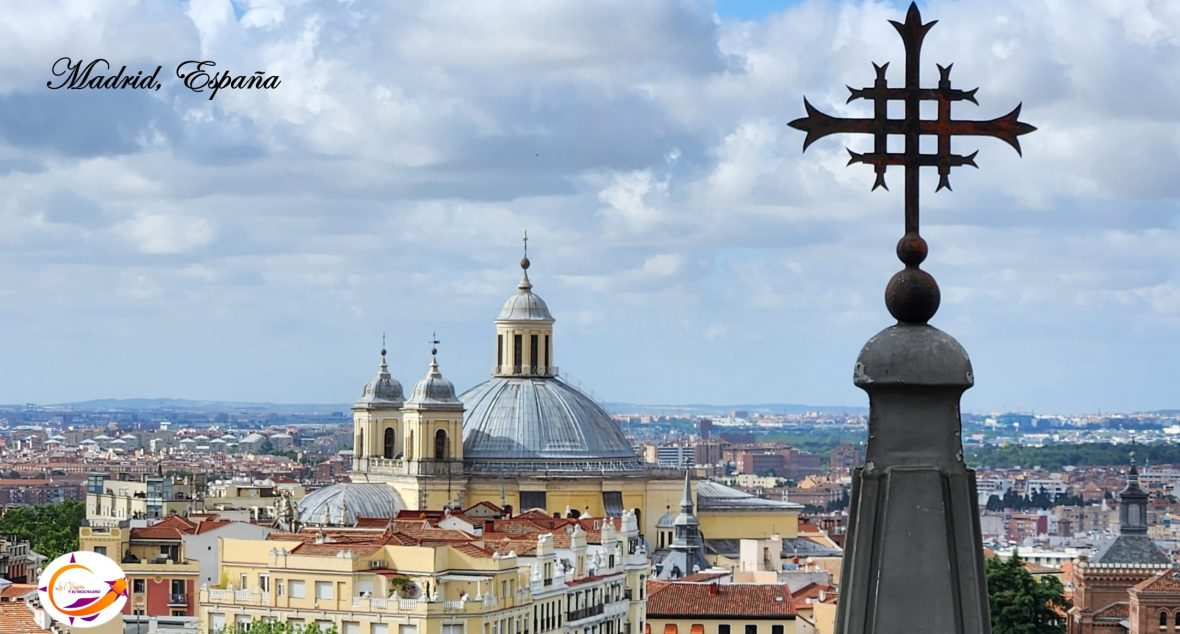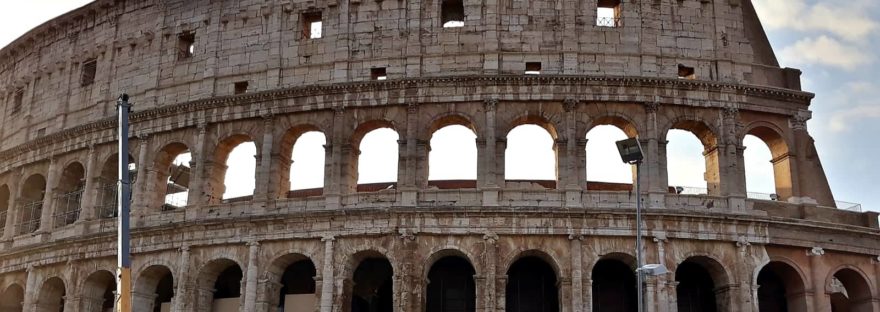The Roman people enjoyed shows such as gladiatorial games (of the Etruscans), simulations of naval battles, hunting or fighting of wild animals (venations), car races and other events. The Roman amphitheater evolved from the two-sided Greek stadiums and semicircular theaters. It also represented an improvement over the Roman “Circus Maximus,” elliptically with a fixed central divider. The spine would impair the display of certain events.
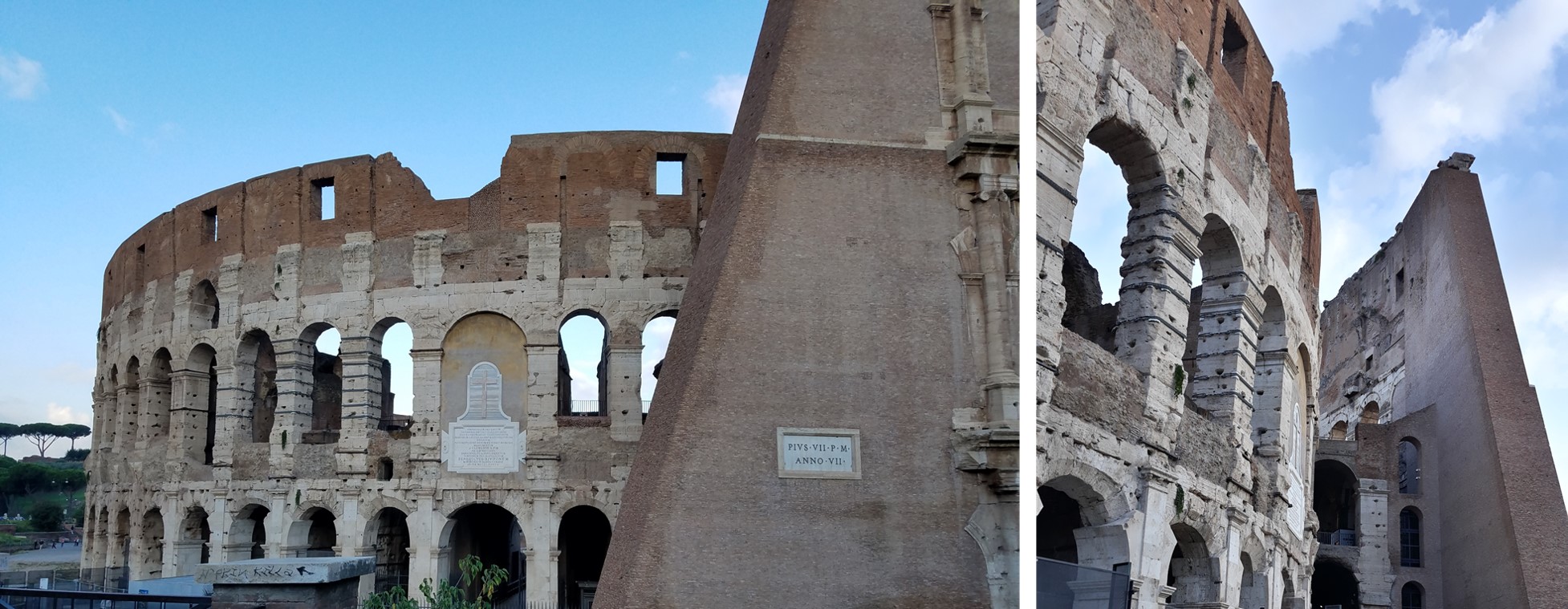
The Roman emperors wore glasses to win the favor of the people and sometimes used it as a distraction for other purposes. The amphitheaters were used towards the end of the 1st century BC. C. However, it was not until the rise to power of the Flavian emperors at the end of the 1st century AD. C. that the stone was used in the construction of these amphitheaters. Basically limestone, brick and marble were used.
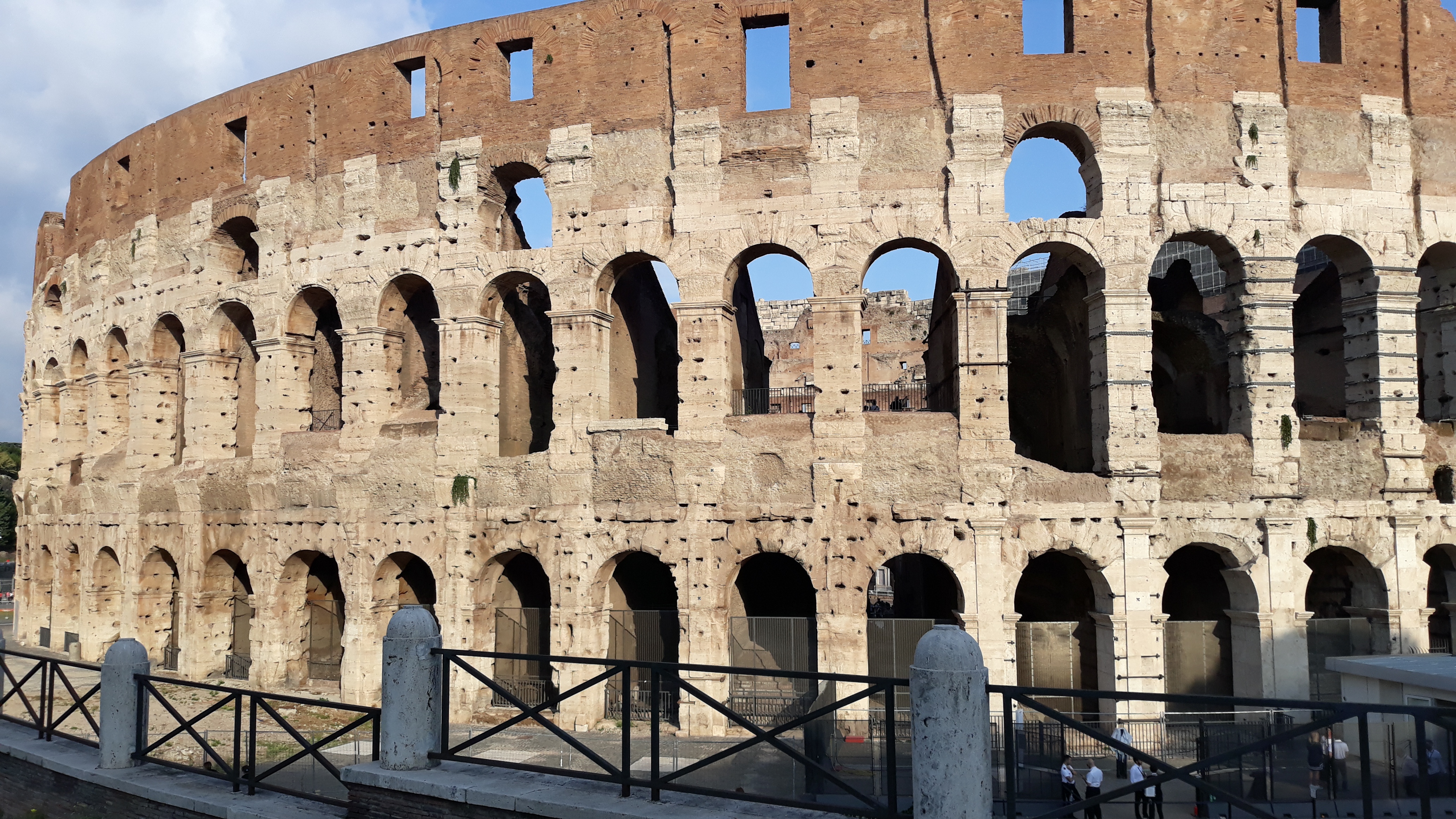
The “Amphitheatrum Flavium” or the Vespasian Amphitheater was first mentioned as used in the year 80 AD. C. This began a tradition that lasted more than 500 years in the use of this stadium. It was the largest and most famous in the entire Roman Empire and is said to have the capacity to house between 50,000 and 80,000 people. This is more than double the seating capacity of Madison Square Garden in New York and approximately the capacity of a major league stadium.
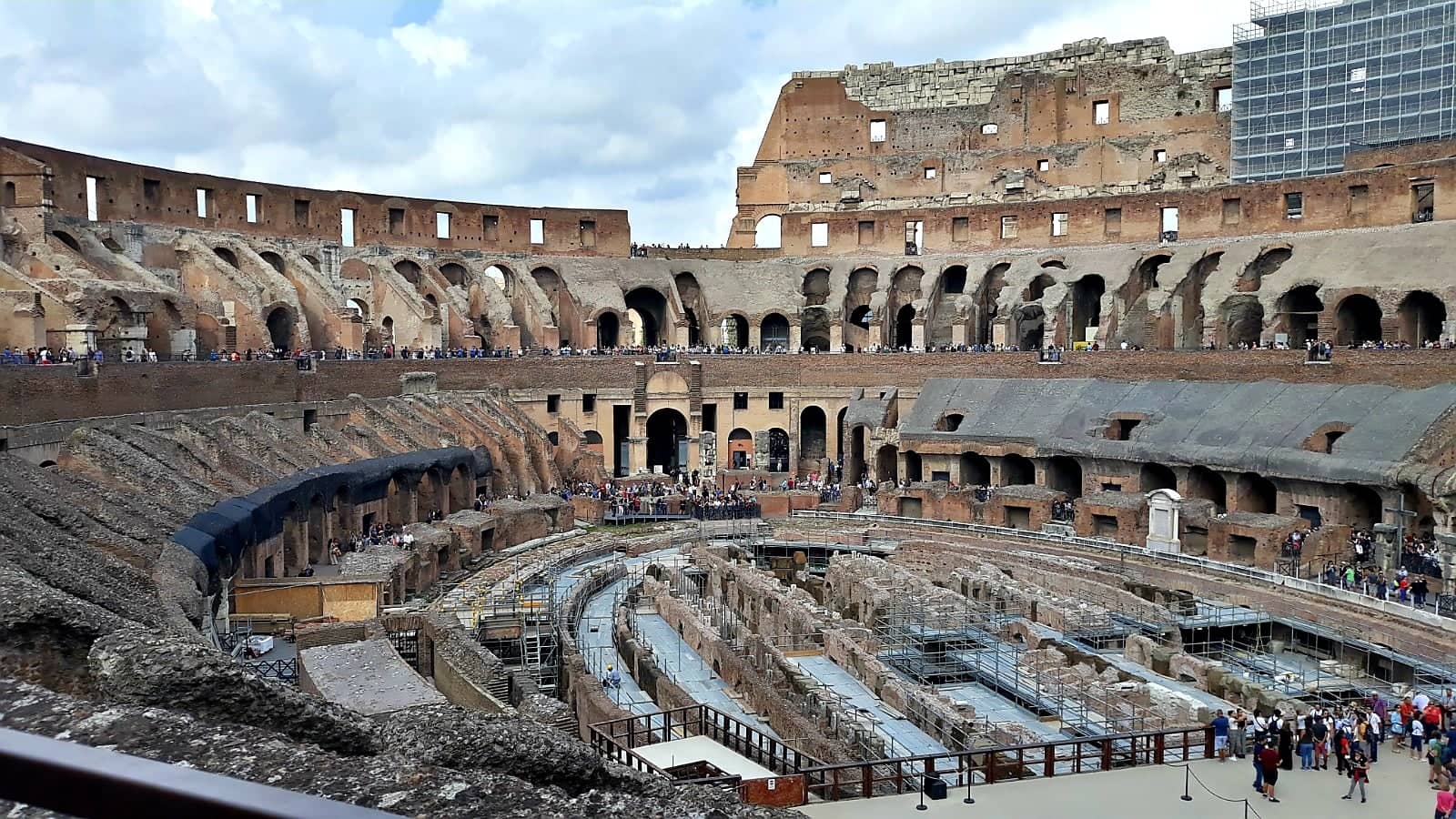
Although the Colosseum continued to celebrate events such as venations, gladiatorial fights and other sports competitions, there is no evidence that drills of naval battles have ever been conducted in this structure. The amphitheater was built on an artificial lake built under the reign of Nero. This could explain the references to naval battles.
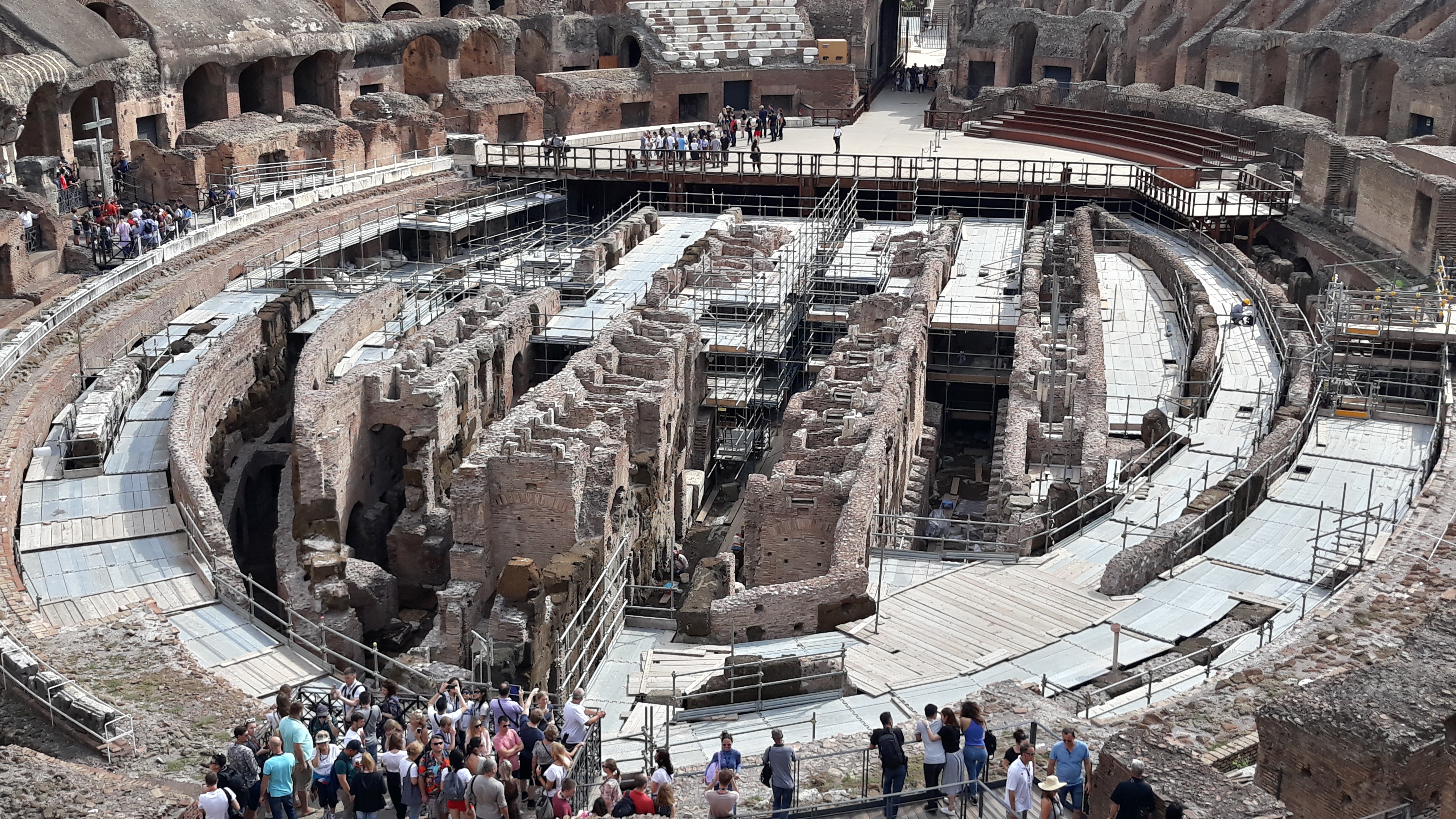
The Colosseum is located in the valley formed by three of the seven hills of Rome; the hills of Celia, Esquilino and Palatino. There are several speculations about how the amphitheater won the name of Colosseum. Most attribute the name to a gigantic bronze statue of Nero at the entrance of the “Domus Aurea”. The statue survived Nero and underwent many modifications, possessing the heads of different emperors and gods.
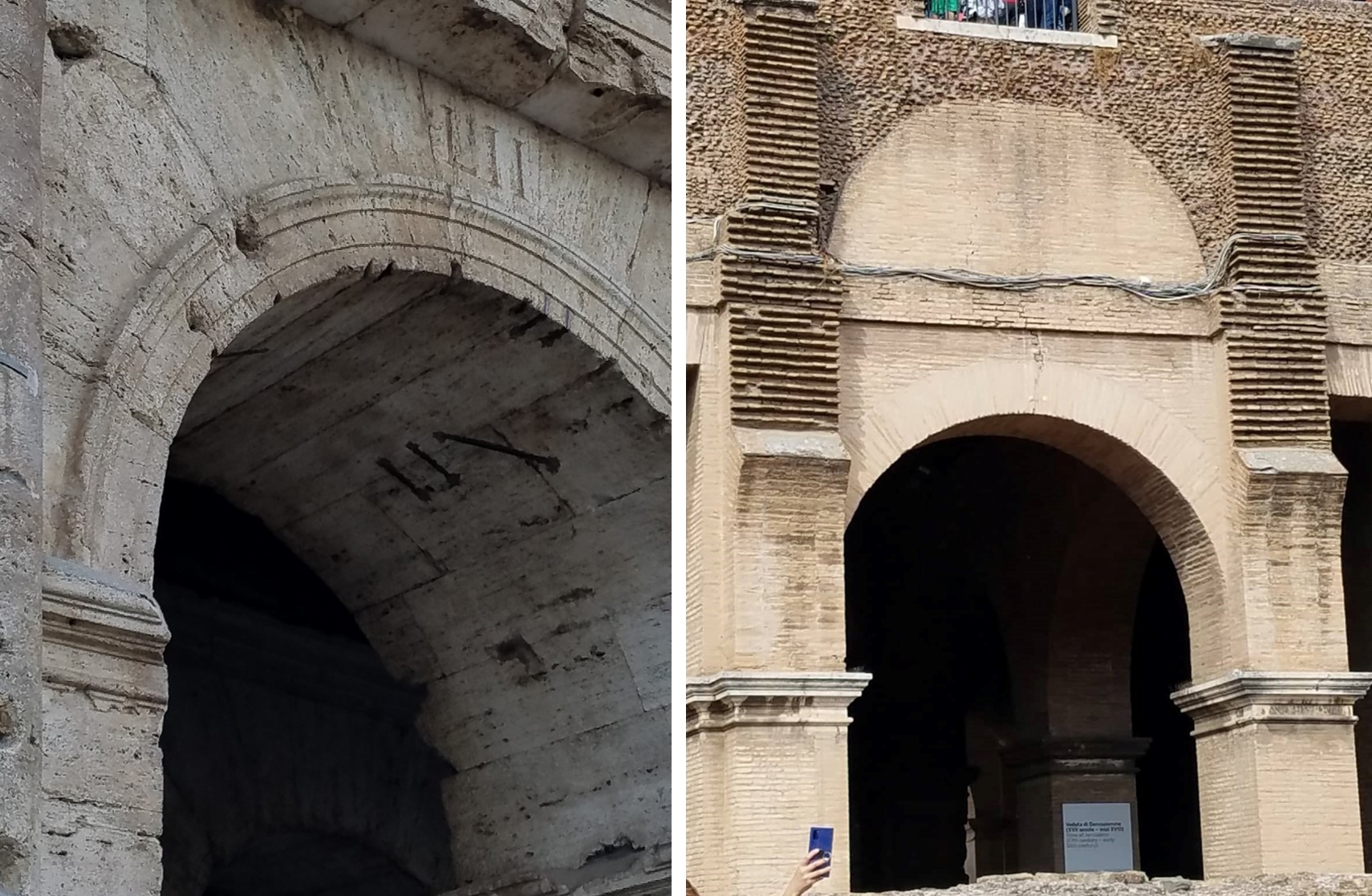
Contrary to the practice of building amphitheaters on the outskirts of cities, the Colosseum is within the city of Rome. The building remains a symbol of Imperial Rome despite having been stripped of its statues and marble (it is said that it was used in part in the construction of St. Peter’s Basilica and other religious buildings of the Vatican). The Colosseum is also a surviving testament to ancient Roman architecture.
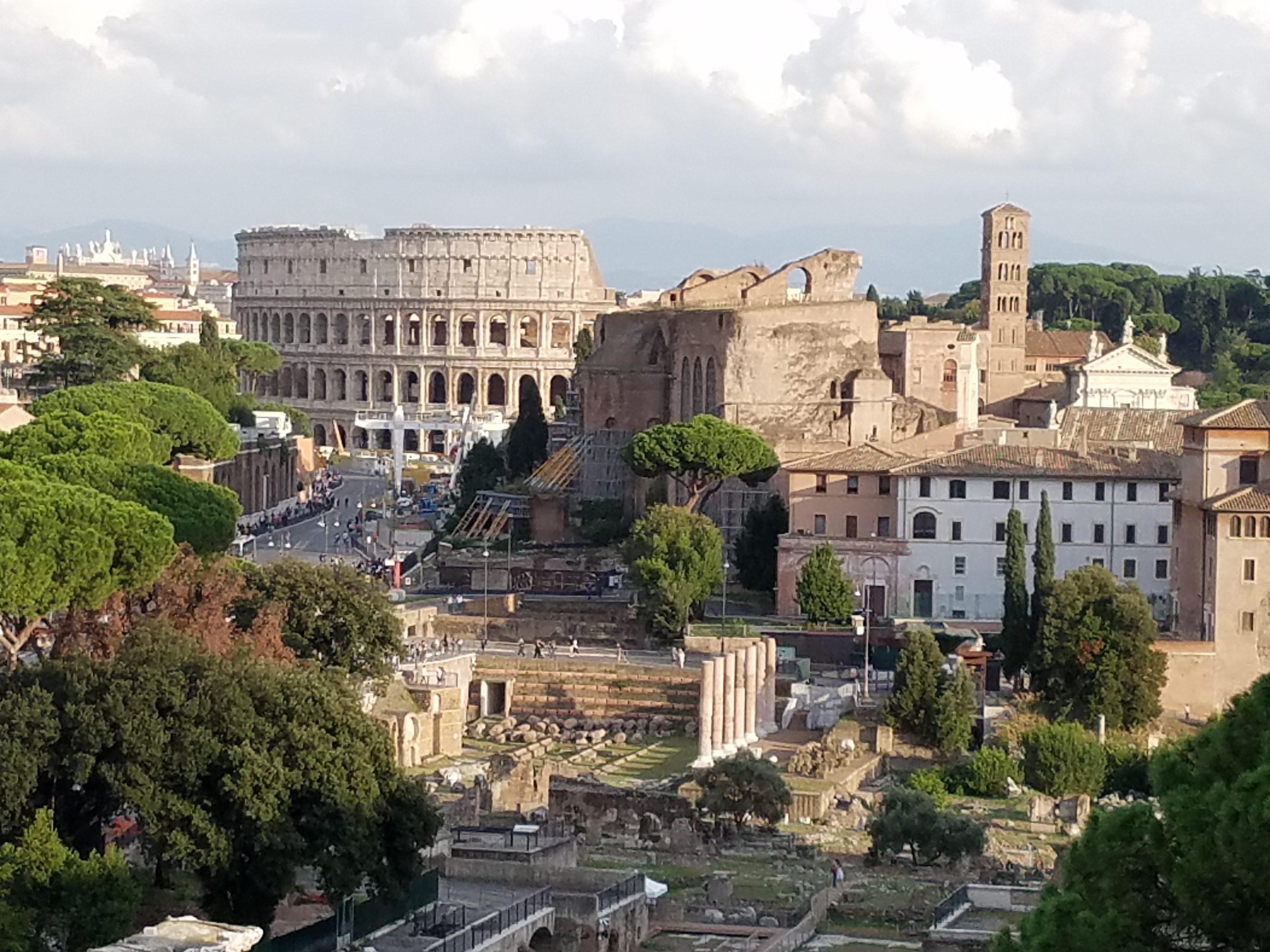
The Colosseum continues to be one of the favorite tourist sites in the world.
